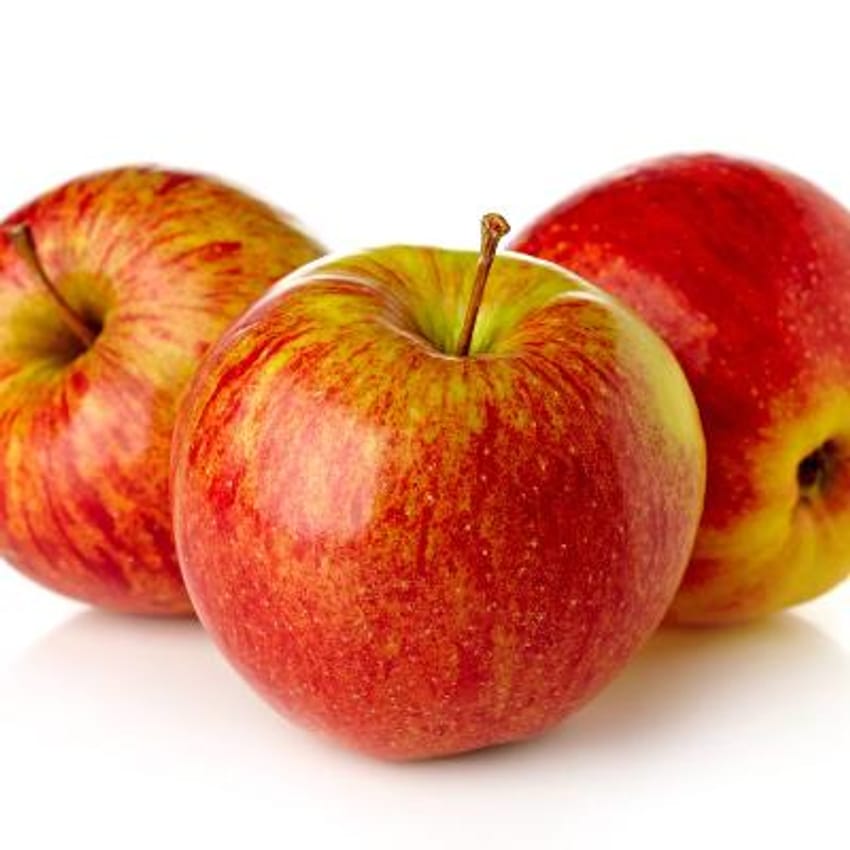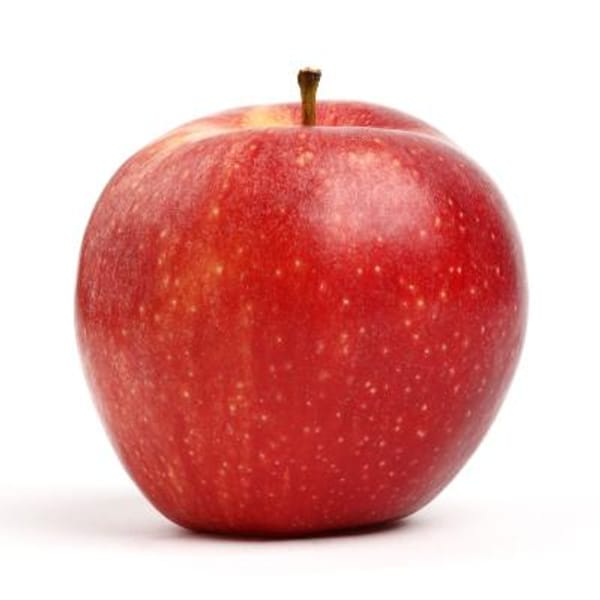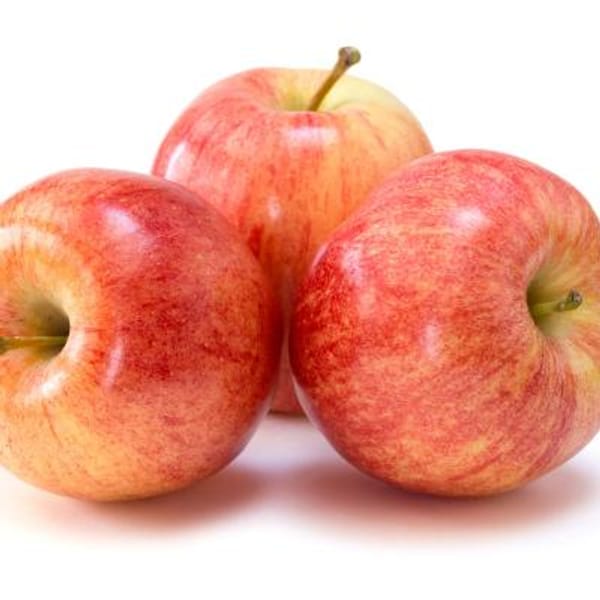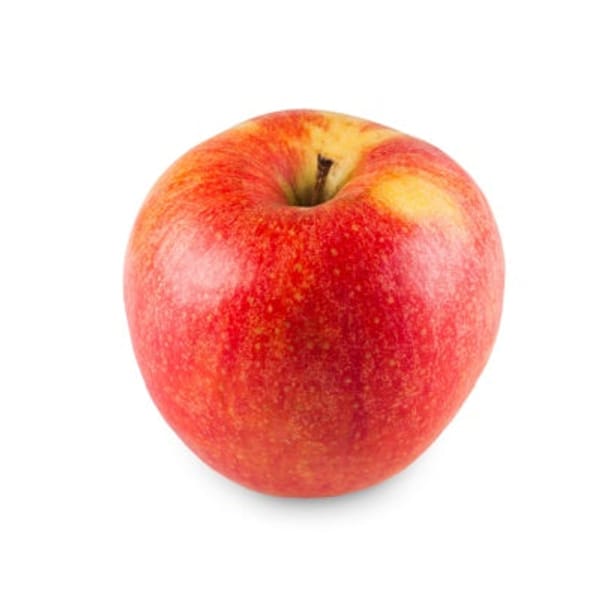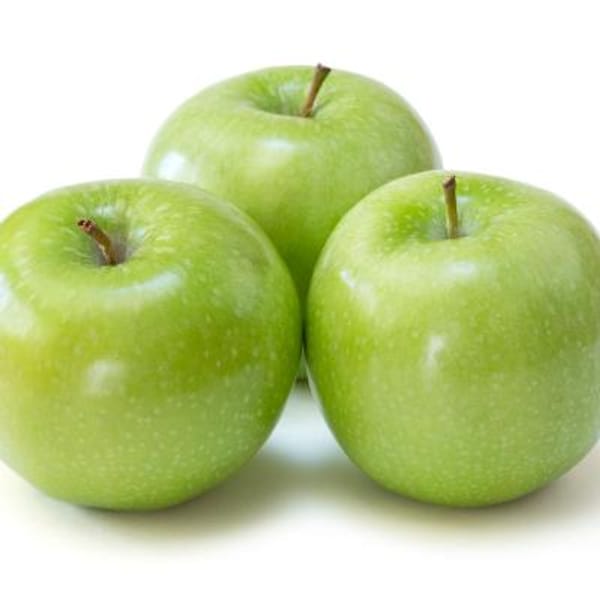Anna Apple- Variety Information
20% off Bare Root Fruit Trees - while supplies last- (ends 1/18/26)
- The Anna Apple tree is one of few varieties to take advantage of low-chill climates like the warmer Southwest, Gulf Coast, and even Florida.
- Fresh Anna apples are firm and crisp with a pleasant sweetness.
- Light yellow-green skin covered by a red blush.
- The tree yields heavy crops of sweet, crisp, apples with creamy colored flesh.
- Great for eating fresh and baking, and will store up to 2 months in the refrigerator.
- The Anna apple tree is a great choice for mild climates, and will produce flavorful apples even in the low desert.
- This variety is particularly noted for heavy crops.
- Self-pollinating- but fruiting will be improved if there is a Ein Shemer or Dorsett Golden nearby.
- Apples are generally late blooming.
- USDA Zone 5-10, Requires 200 chill hours to set fruit.
- Protect when temperatures fall below -20°F.
- Approximate harvest period: July.
- Grafted onto M106 semi-dwarf rootstock.
- Click here to view "Fruit Tree Rootstock Information"
- Click here to view our "Fruit Tree Variety Chart"
- This tree is shipped dormant and bare-rooted.
- Please see our "Dormant Tree & Plant Guarantee" below
-
This is a pre-ordered item. It will be ready to ship starting January 2026.
Tips:
- Needs full sun, well-drained soil, and moderate fertility.
- Thin fruit to maximize quality and size.
- To maximize pollination, plant a different variety of the same fruit nearby.
- Three or more varieties are best. Harvest 3rd year.
- Grow in USDA Zones 5-10
What is a Bare Root Fruit Tree?
A bare root fruit tree is a 2-3 year old fruit tree which has gone dormant for the winter. It is delivered to you without soil. The best time to plant bare root fruit trees is the end of the winter season. This gives your tree time to acclimate to it's environment before the warmth of spring comes.
Click here for our Bare Root Fruit Tree Growing Guide (pdf)
Guia de cultivo para un arbol de raiz desnuda

